What Participative Decision-Making Can Bring to Your Organization

Most major decisions in organizations are made by those at the top, leaving employees with little to no say in strategic and impactful plans. However, there is an increasing movement towards a more participatory approach to decision-making that brings in the voices of all stakeholders (Wilkinson et al. 2019). When employees are allowed to share their opinions, they can bring fresh ideas and innovative solutions that would, otherwise, not be considered. Moreover, these employees are generally more satisfied with their work, which also increases their well-being.
As you see, participative decision-making (PDM) can bring a lot of benefits to your organization and employees. And no, we’re not making conclusions of our own, these are based on real studies. And that’s what we’re going to explore in this article! Here’s why and how to promote participative decision-making, as demonstrated by these studies.
What is Participative Decision-Making?
Participative decision-making (PDM) has been defined as “the art of sharing decision-making with others to achieve organizational objectives” (Tingkee, 2012). It also involves engaging those who will be affected by the decisions that are made.
Although there is still some debate about what are the different kinds of participatory decision-making, it usually depends on the level of participation. A consultation would be the most basic form, where employees are asked to provide an input or feedback on a decision, while the final decision still remains in the leadership’s hands. On the opposite side of the spectrum is consensus, where all parties involved need to fully agree to reach a final decision. In this instance, employees and management are treated equally.
Also read: Integrative Decision-Making VS Consensus
What Are the Benefits of Participative Decision-Making?
The benefits of implementing PDM practices in organizations are multiple, here are some of the most important ones.
Increasing Job Satisfaction
Promoting participative decision-making has benefits at an individual level. Among other factors, job satisfaction has been consistently considered crucial for performance. A person with a high level of job satisfaction holds positive attitudes towards his or her job, while a person who is dissatisfied with his or her job holds negative attitudes about the job.
Several studies have shown that happy employees are more productive, and that employees that have a say in important decisions are more satisfied with their work (see, for instance, Teng et al. 2017). Therefore, that also means they’re more performant.
Promoting Knowledge Sharing
Knowledge sharing is described as the exchanging of information, advice, and experience to support others and cooperate with others in carrying out everyday tasks, solving problems and developing new ideas (Ahmad et al., 2017)
For an organization to be functional, its members need to be able to share their knowledge. To do so, employees need to have the space and time to voice their thoughts and opinions, and one of the most effective ways to achieve this is through participative decision-making.
Reducing Turnover
Organizations invest a lot of resources to reduce employee turnover, as the costs associated with hiring, training, developing, and retaining workers are high. In their annual report of 2020, the Work Institute showed that the average cost of turnover of a worker is 33% of his/her annual salary. For highly qualified positions, the amount can go up to 200%!
Even if there are multiple factors that can explain an employee’s intention to leave a company (including some that escape the organization’s control), there are certainly ways to reduce turnover. And that includes giving employees recognition for their work. In a study published in 2018, Atouba showed that when workers feel recognized by the organization their commitment increases, eliminating their intention to leave (Atouba, 2018). These kinds of incentives can be a great motivational boost, and work even better than monetary rewards.
Also read: 52 Ideas to Improve Your Company's Employee Retention Rate
How to promote Participative Decision-Making
Although participative decision-making (PDM) brings many benefits to both employees and organizations, it does not occur naturally in most cases. Therefore, instead of passively waiting for employees to engage, organizations should actively promote it. Several factors can help, such as fostering an inclusive organizational culture, establishing a psychological safety climate, and implementing appropriate tools.
A collaborative culture
Organizational culture (as well as general culture) impacts employees’ attitudes in the workplace. For example, organizations that foster a participative climate will naturally have more PDM. On the contrary, companies that rely heavily on hierarchy and have a paternalistic style encounter greater difficulties to engage in PDM (Van der Westhuizen et al., 2012). Thus, organizations may want to understand their culture and create a more open and collaborative climate to foster participative decision-making.
A safe space for employees
Some people do not feel comfortable speaking up and voicing their ideas or questions without fear of ridicule or punishment. For others, this may come more naturally. As the goal of PDM is to have as many people involved as possible, it is important that everyone is willing to participate. To do so, they all need to feel safe.
The term “Psychological Safety“ in the workplace refers to one in which employees feel safe to voice ideas, willingly seek and provide feedback, collaborate, take risks and experiment (Edmondson, 1999). Several studies have shown that managers and leaders play a very important role in creating psychological safety. For instance, a Gallup survey in 2017 showed that 63% of employees that declared they could approach their managers with trust had higher psychological safety ratings. Open-minded leaders will naturally provide a safe space for employees to take risks and voice their ideas.
In some cases, the lack of psychological safety is not always obvious to managers. Some behaviors that are generally considered positive (like working independently) can underline poor psychological safety and prevent participation in decision making (Edmondson and Lei, 2014). For instance, a manager can think that a very independent worker really excels in his/her tasks, and therefore does not ask for help. But perhaps it is fear (or low psychological safety) that is stopping this employee from asking for support.
Without the peace of mind that there will be no negative consequences for sharing one’s opinions, PDM cannot thrive. It is, therefore, crucial that managers understand how safe employees feel and work together to increase or maintain that level of psychological safety.
Appropriate Decision-Making Tools
It may sound obvious, but organizations that want to promote PDM should implement tools that facilitate it. Questionnaires can be used to directly ask for employees’ opinions on different matters in a fast and cost-effective way. Additionally, providing suggestion boxes can help employees express themselves in an anonymous and safe manner.
To move one step further, action plans can be designed to ensure that important decisions involve employees. For instance, this can be achieved by including time to discuss specific decisions in meeting agendas, ensuring everyone involved is aware and there is sufficient time for discussion.
Finally, tools like Holaspirit can also help promote participative decision-making, as they are specifically designed to improve transparency and give employees the right space to voice their opinions. This can be achieved through features such as:
- Proposals: A structured process for submitting, discussing, and voting for proposals enables all team members to contribute ideas and participate in decisions.
- Meeting Management: Structured meeting templates, minutes, and follow-up action items streamline the decision-making process and ensure that meetings are productive and outcomes are clear.
- Task Management: Tools for assigning, tracking, and managing tasks help teams stay organized and ensure that decisions are followed through with actionable steps.
- Publications: Centralized documentation of decisions, processes, and policies makes it easy for everyone to stay informed and aligned with the organization’s goals.
- Roles: Clearly defined roles and responsibilities ensure everyone knows who is responsible for what, and who should be involved for which decisions.

To conclude
Participative decision-making is an excellent tool for organizations and employees alike. However, organizations shouldn’t expect employees to freely share their opinions without encouragement. To foster participative decision-making, they need to create a psychologically safe environment and implement tools that enable involvement in decision-making. And that’s exactly what Holaspirit is made for!
Although we didn’t discuss it here, it’s also important to highlight the significance of having the right organizational structure and model. Encouraging participative decision-making requires a model that allows employees to voice their honest opinions and take initiatives. This is usually difficult to achieve with a hierarchical structure. Therefore, exploring alternatives is crucial.
Many innovative organizational models, such as Holacracy, Sociocracy, and Teal, can help get your employees more involved in decision-making. Want to know more about them? Download our latest white paper packed with expert insights 👇.
Access White Paper
In our white paper "The Ultimate Guide to Organizational Models", you'll get: a comprehensive overview of innovative organizational models (like Agile, Teal, Holacracy, Constitutional Management, and more), testimonials from pioneer organizations that have successfully adopted it, best practices for choosing, implementing and measuring the effectiveness of our model, as well as digital tools to facilitate the transition.
References
Ahmad N., Lodhi M. S., Zaman K., Naseem I. (2017). Knowledge management: A gateway for organizational performance. Journal of the Knowledge Economy, 8(3), 859–876.
Atouba Y. C. (2018). Tackling the turnover challenge among IT workers: Examining the role of internal communication adequacy, employee work participation, and organizational identification. Communication Reports, 31(3), 174–187
Edmondson, A. (1999). Psychological safety and learning behavior in work teams. Administrative Science Quarterly, 44, 350-385.
Edmondson, A. & Lei, Z. (2014). Psychological Safety: The History, Renaissance, and Future of an Interpersonal Construct. Annual Review of Organizational Psychology and Organizational Behavior, 1, 23-43.
Fattah, J.; Yesiltas, M. & Atan, T. (2022). The Impact of Knowledge Sharing and Participative Decision-Making on Employee Turnover Intention: The Mediating Role of Perceived Organizational Support. Sage Open, 12(4).
Srinivasan, K.(2021). The effect of Participative Decision Making on Job Satisfaction of the employees of Manufacturing Companies in Coimbatore. Annals of R.S.C.B, 25(3), 2061-2077.
Teng, C. I.; Lotus Shyu, Y. I.; & Chang, H. Y. (2007). Moderating effects of professional commitment on hospital nurses taking jobs and job satisfaction. Western Journal of Nursing Research, 29(1), 93-110.
Valoyi, E.; Lessing, B. & Schepers, J. (2000). Participation in Decision Making. Journal of Industrial Psychology 26(3), 32-38.
Van Der Westhuizen, D.; Pacheco, G. & Webber, D. (2012). Culture, participative decision making and job satisfaction. The International Journal of Human Resource Management, 23(13), 2661–2679.
Wilkinson, A.; Gollan, P.J.; Kalfa, S. & Xu, Y. (2019). "Voices Unheard: Employee Participation and the Enactment of Corporate Democracy". Journal of Participation and Employee Ownership, 2(1),1-16.






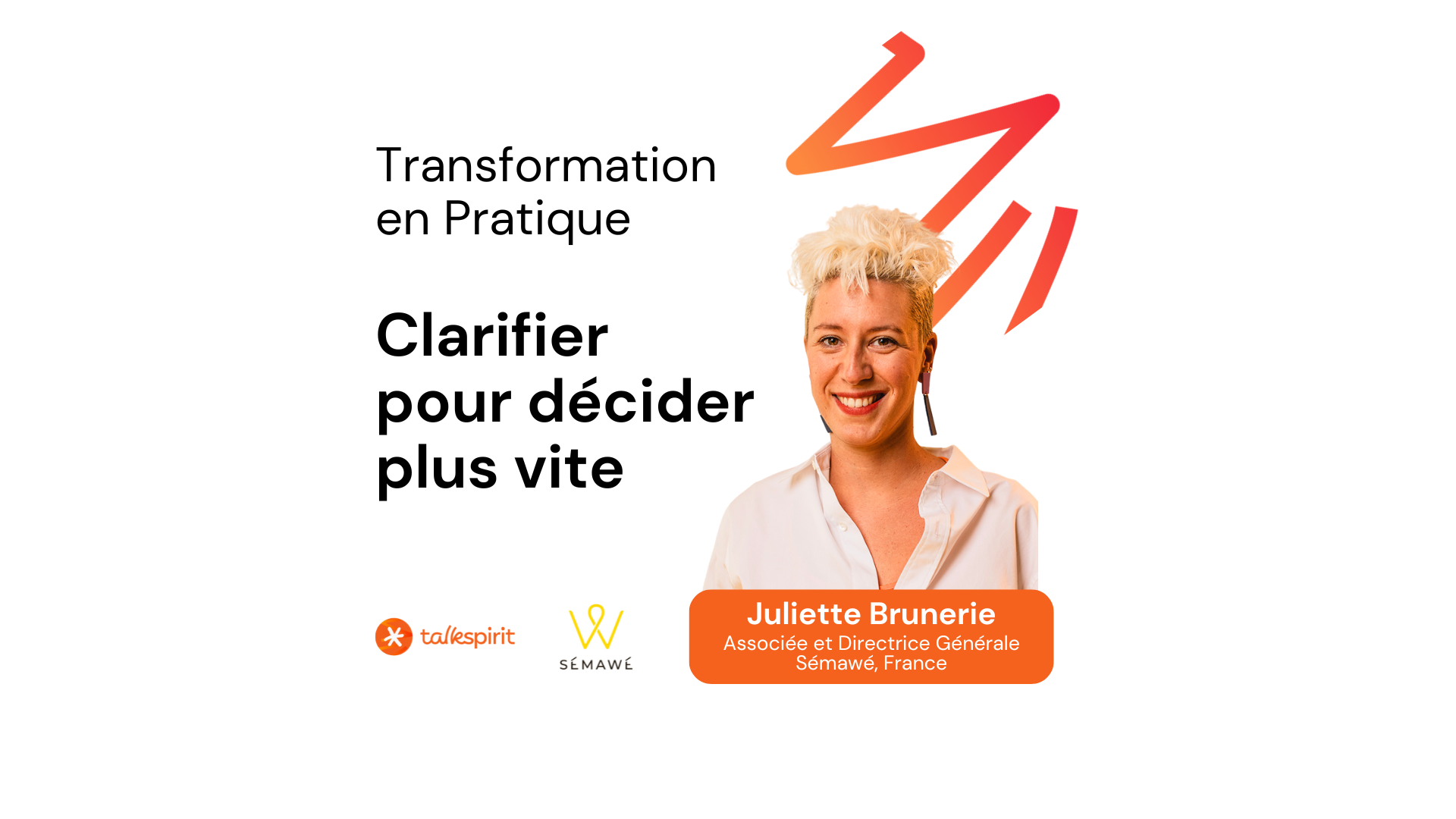
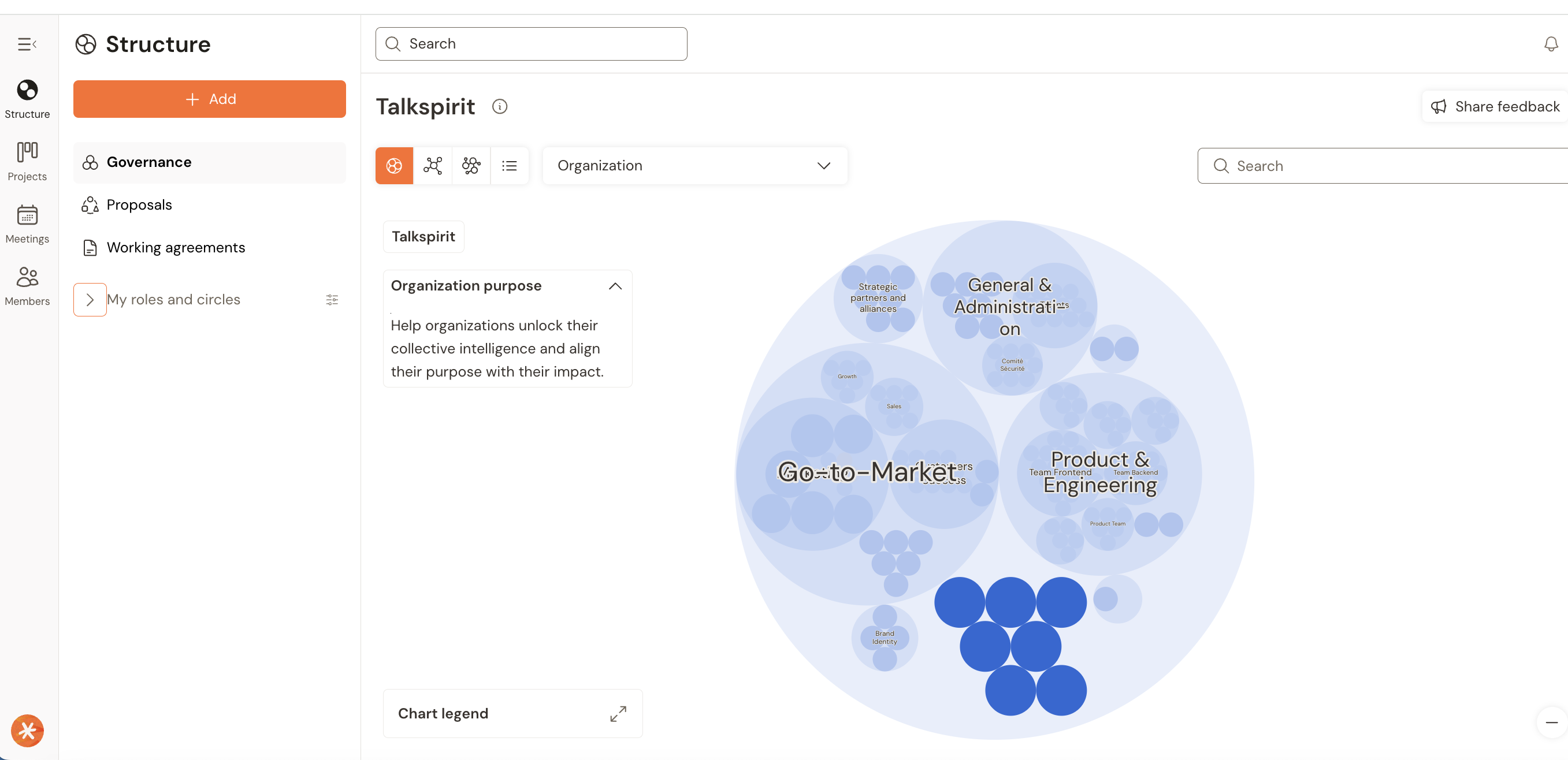

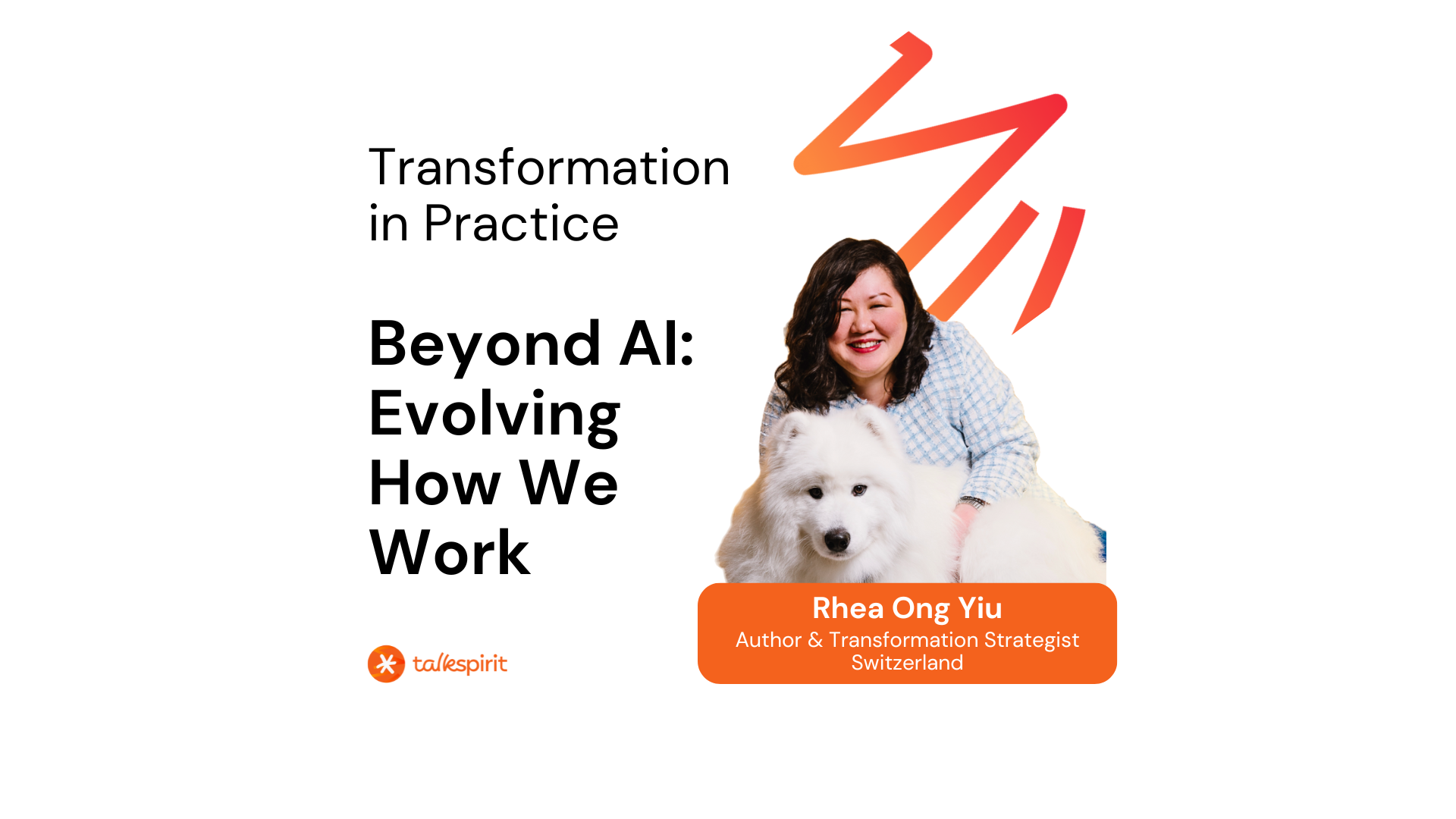
.jpg)

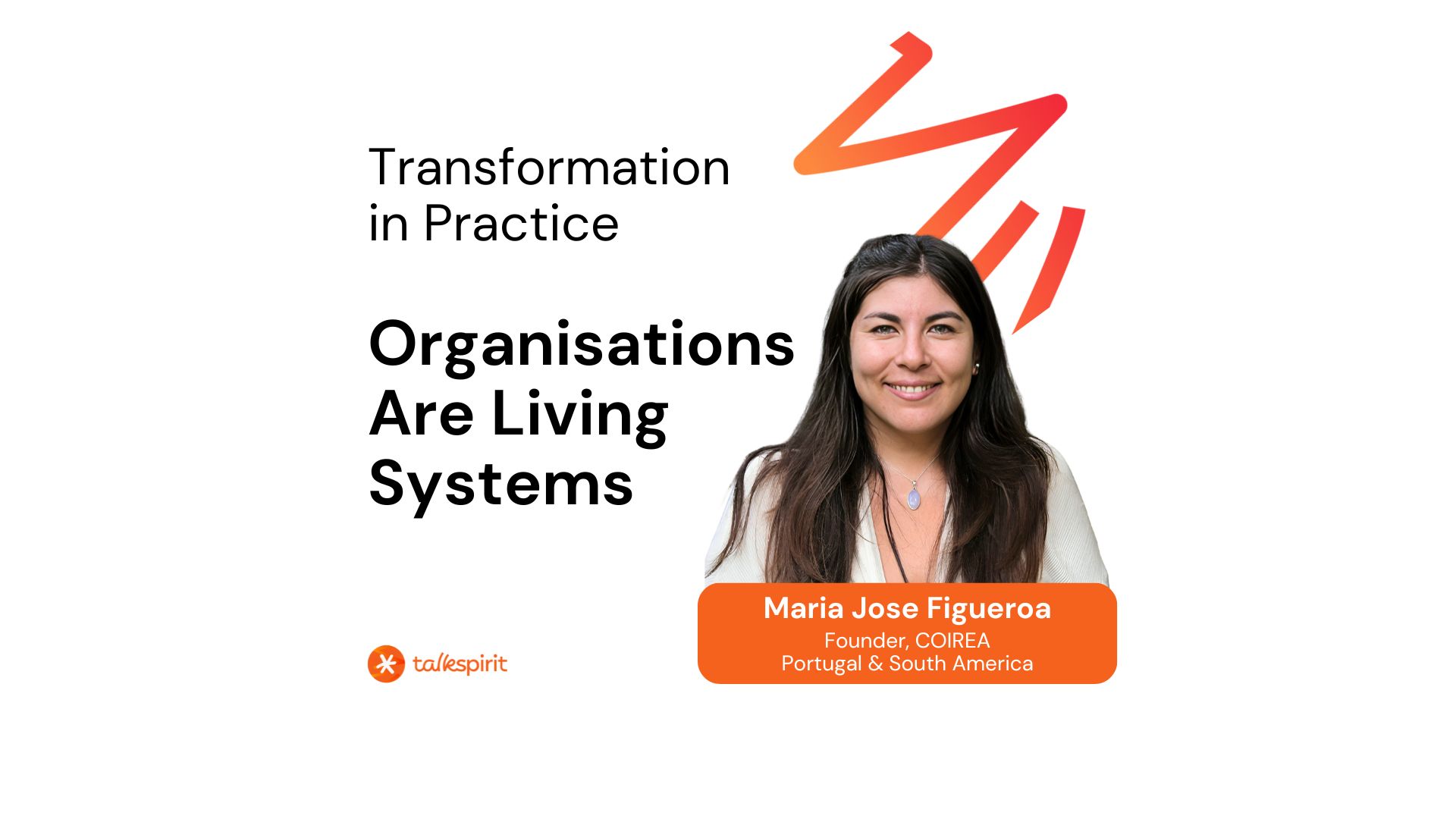

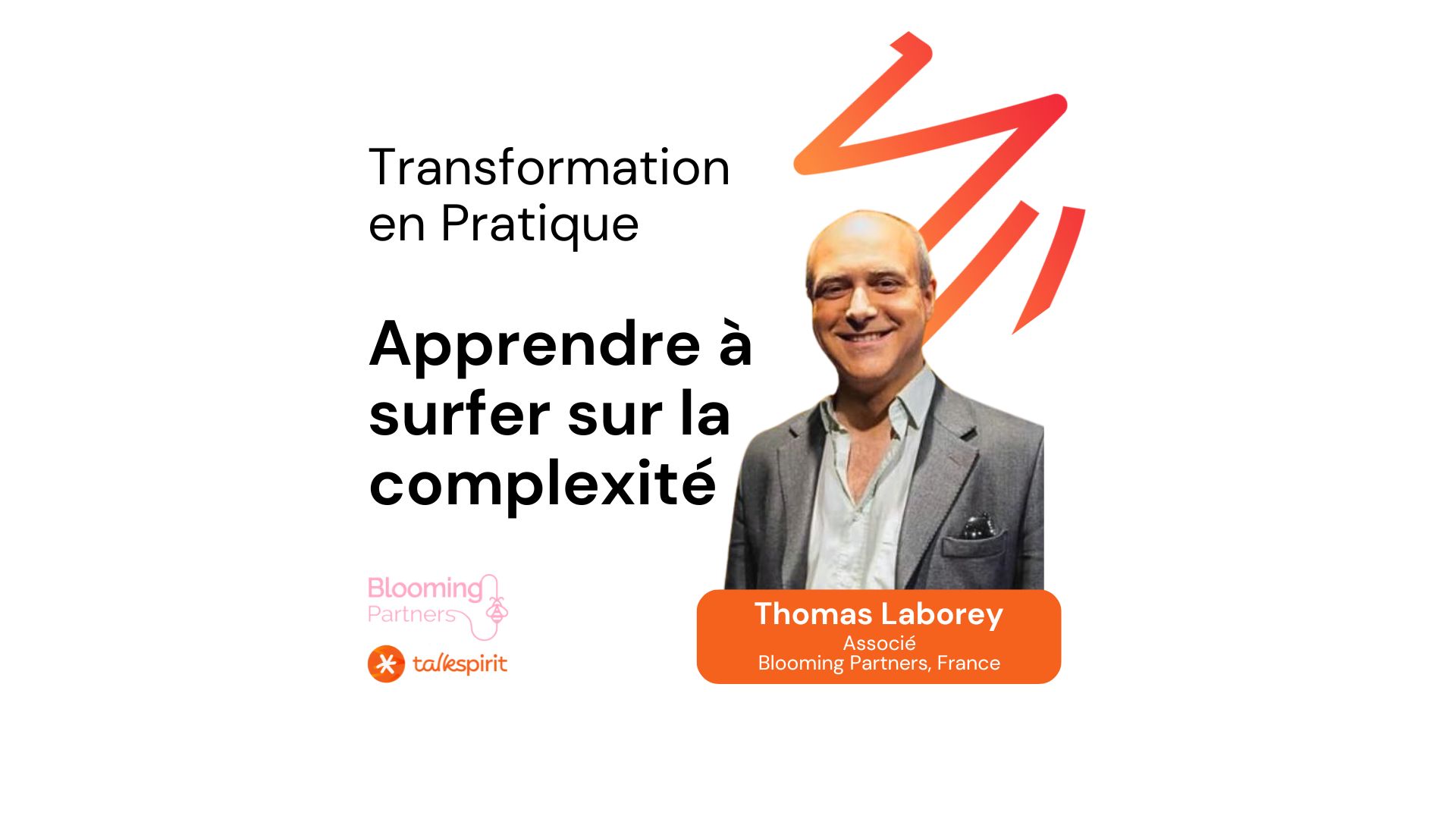
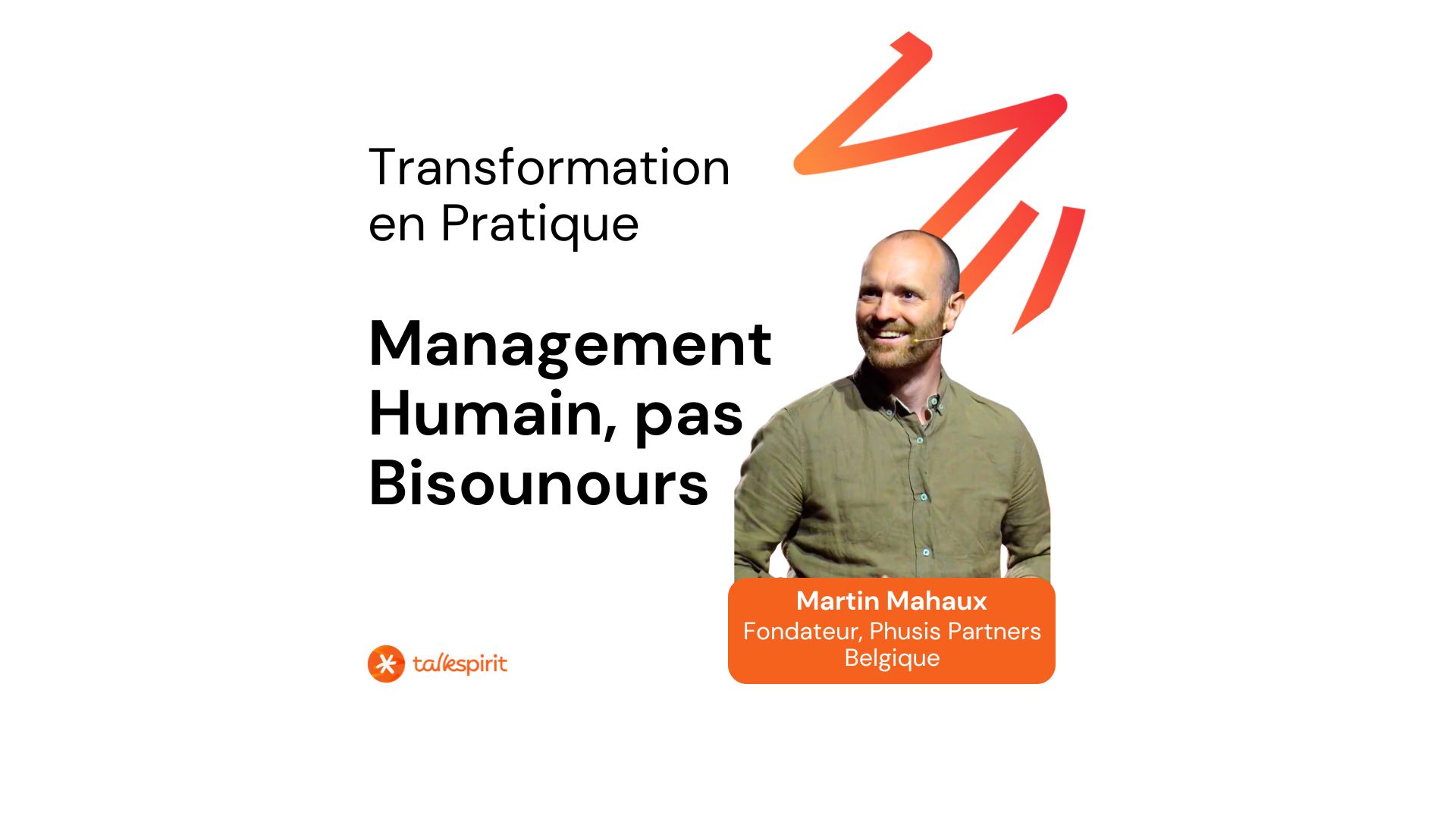

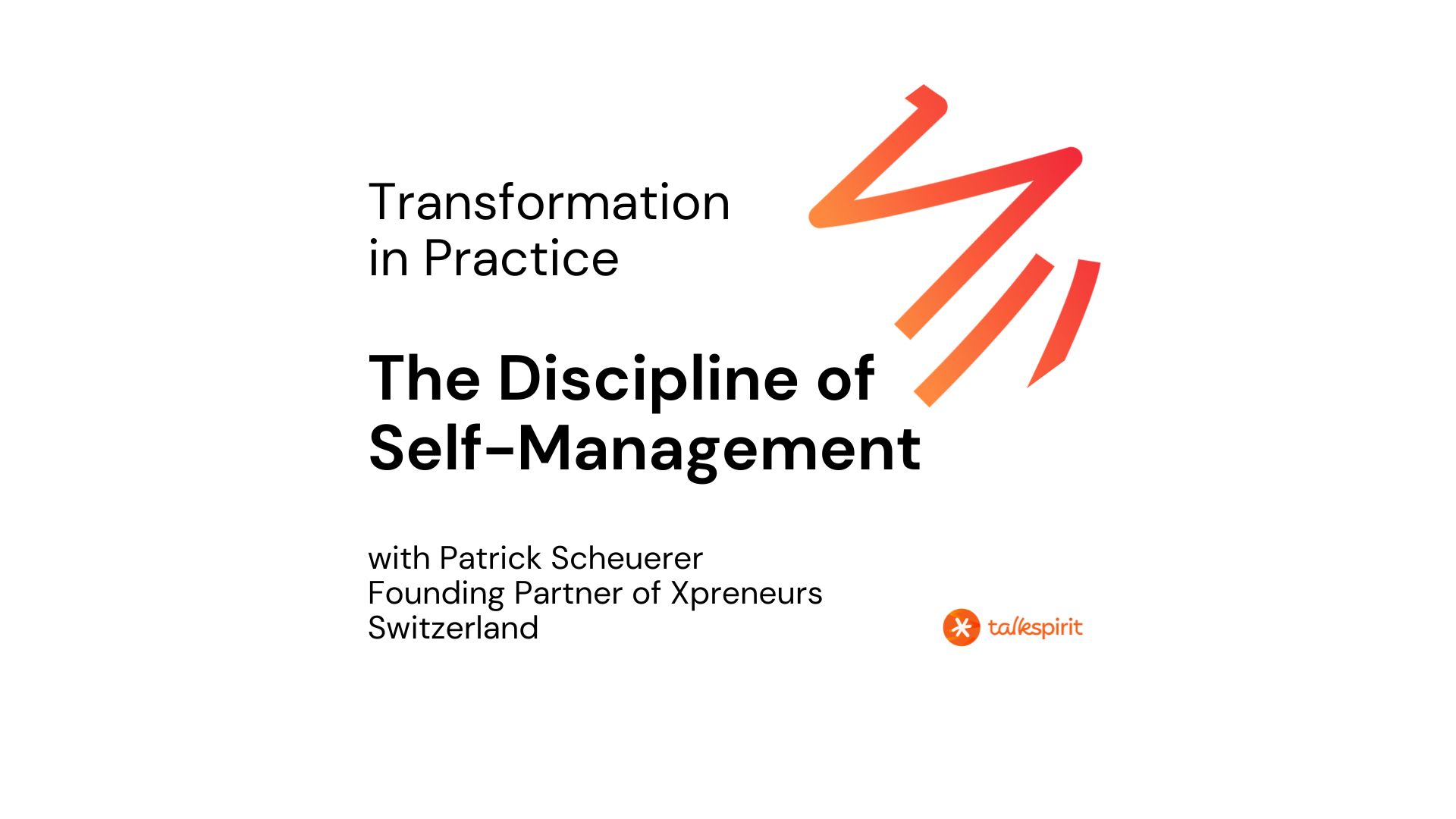



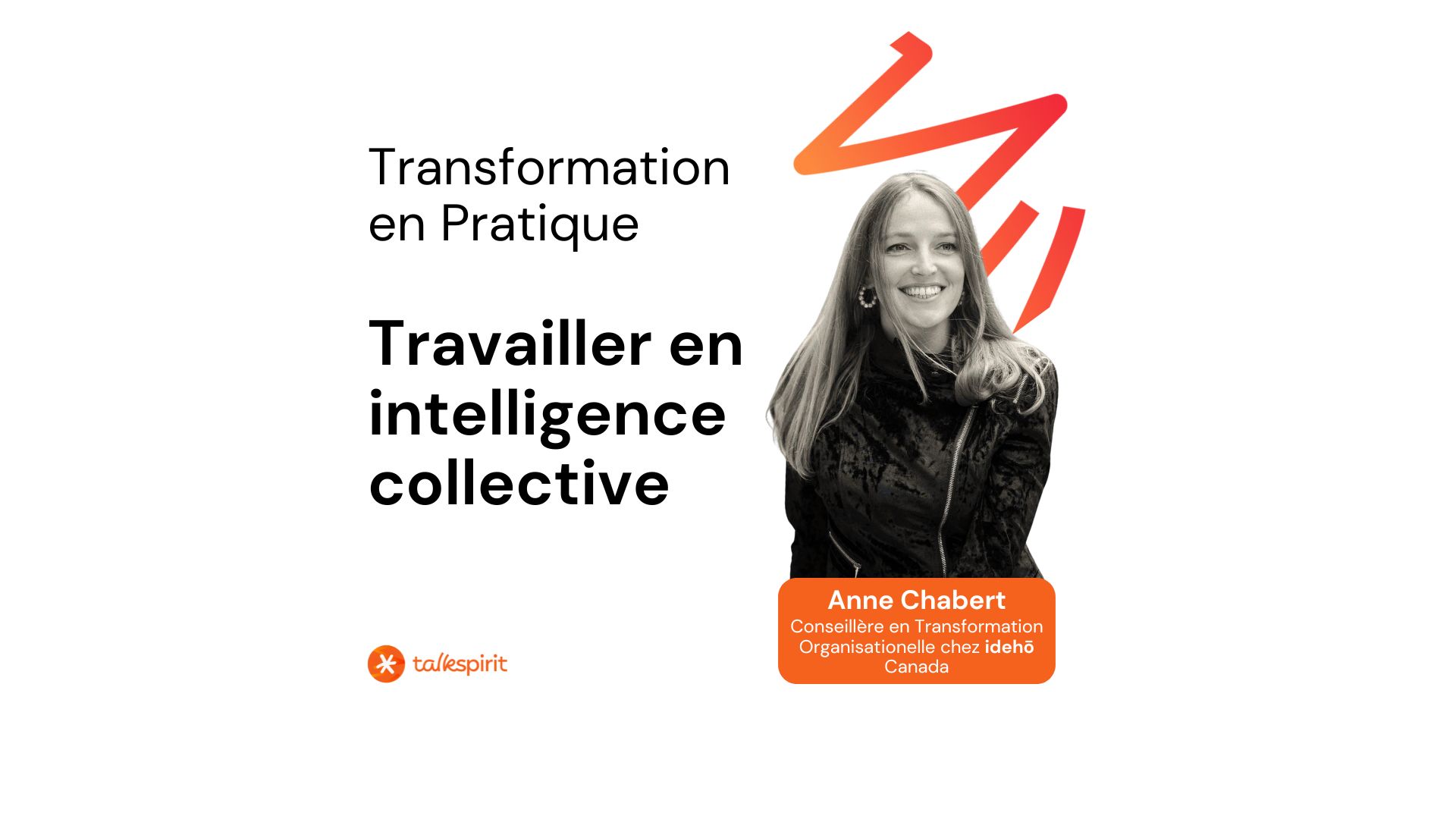

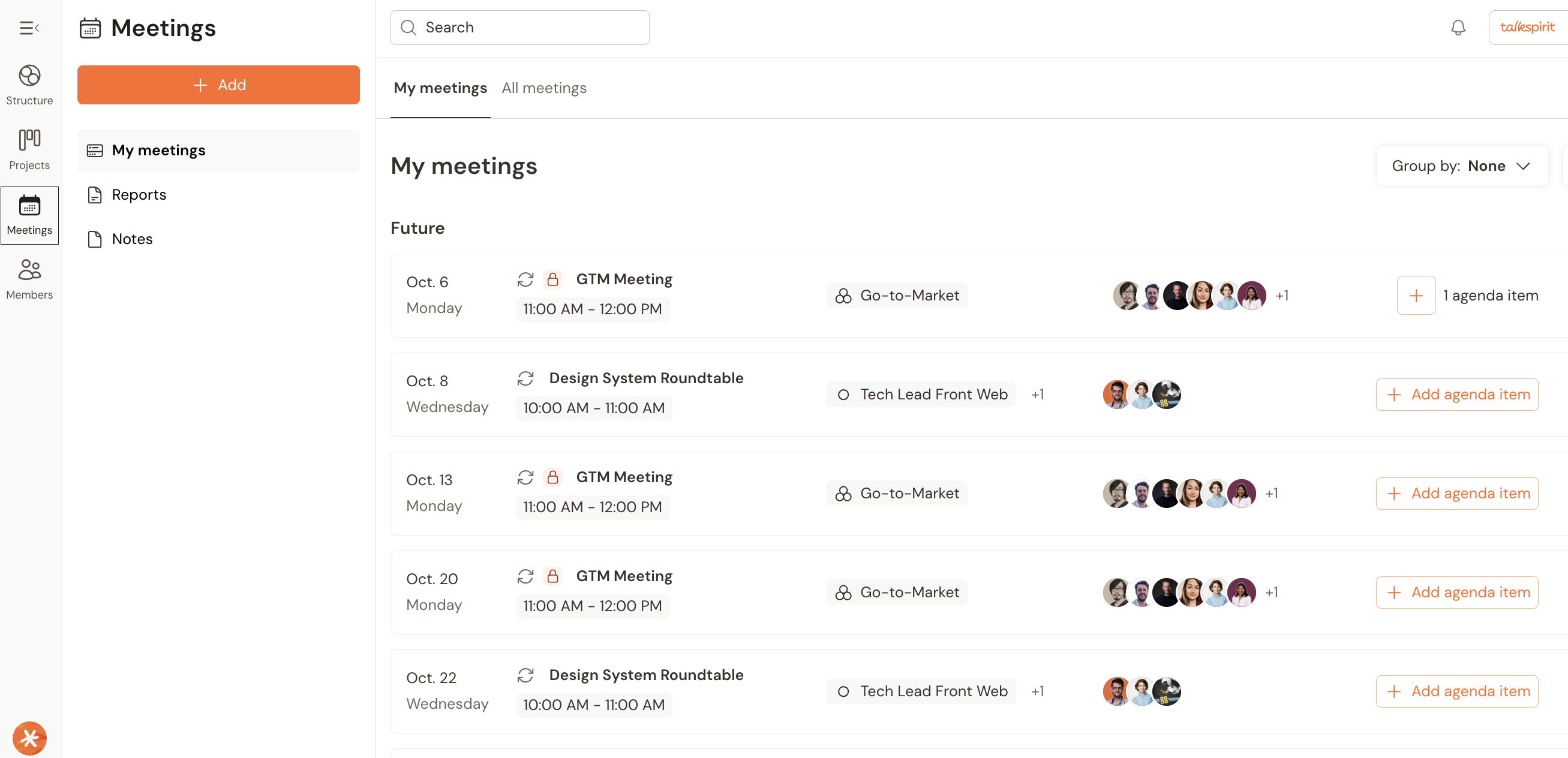





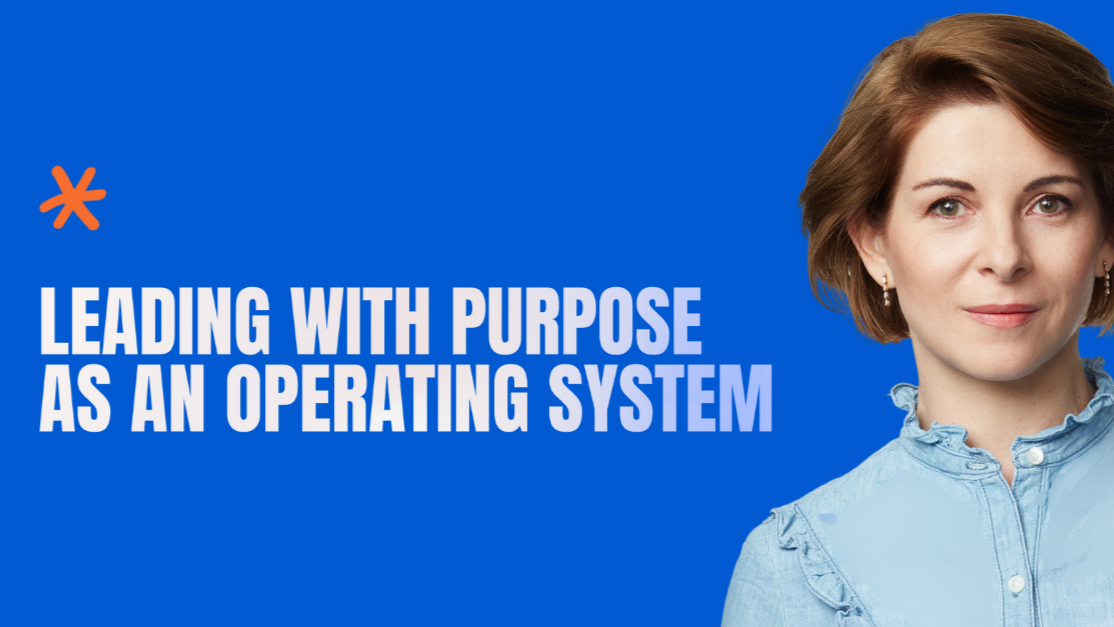









.jpg)






.jpg)
.jpg)









.jpg)
.jpg)


.jpg)

.jpg)


.jpg)











.jpg)




.jpg)



.jpg)

.jpg)



.jpg)








.jpg)



